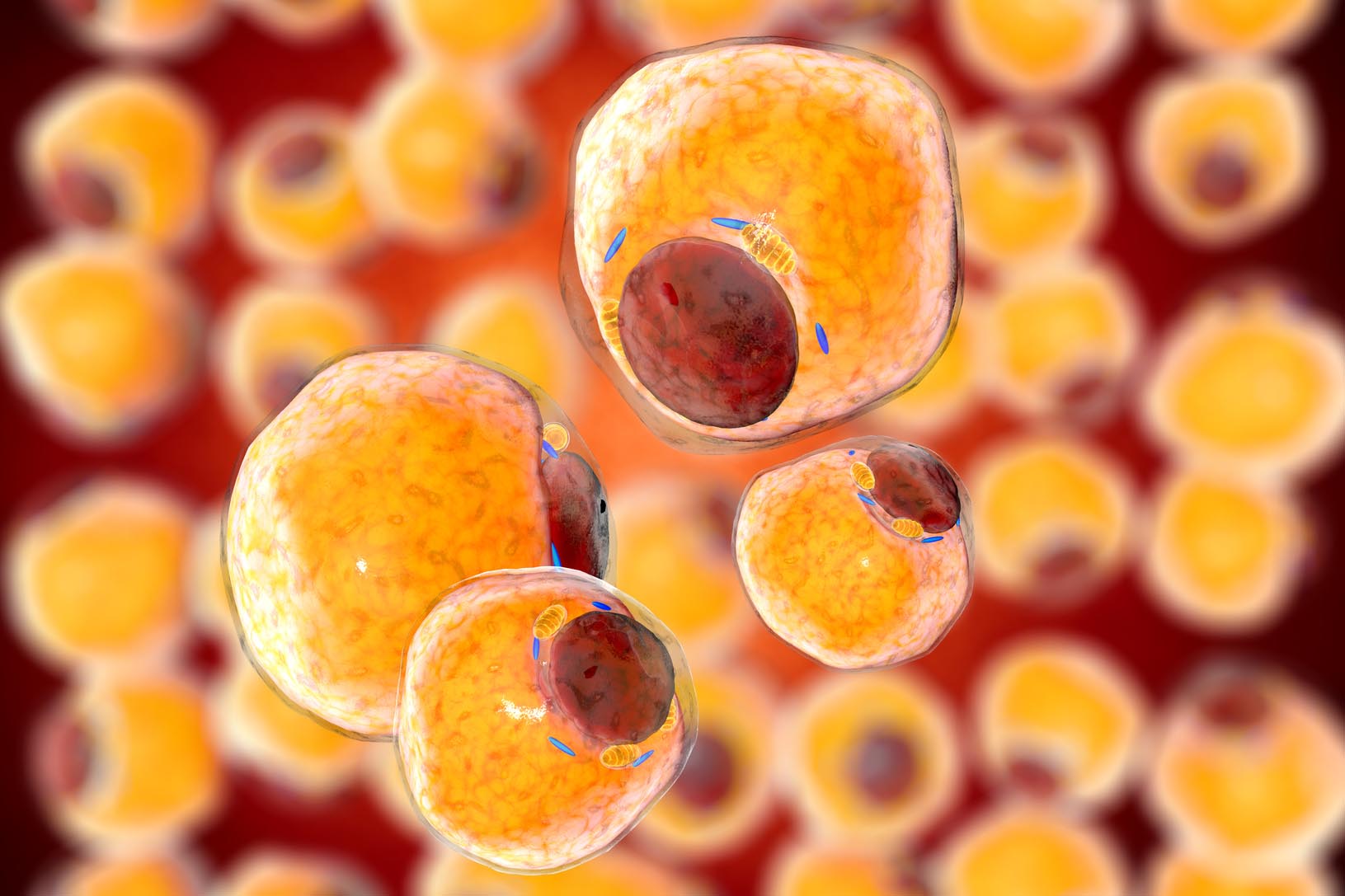• P. distasonis treatment reverses obesity and metabolic disorders
• P. distasonis produces metabolites that improve obesity and metabolic disorders
-
What is already known on this topic
The gut microbiota composition has been linked to a series of conditions, from depression to obesity. But only in a few cases scientists have deciphered the causal role of gut microbes. -
What this research adds
Researchers have found that the gut commensal Parabacteroides distasonis can alleviate obesity in mice by producing metabolites that have a beneficial effect on the host metabolism. -
Conclusions
The study identifies important effects of bacterial metabolites produced in the gut and sheds light on the interaction between gut microbes and the host.
In mice, the gut commensal Parabacteroides distasonis can alleviate obesity, reduce obesity-related abnormalities, such as the accumulation of fat in the liver, and improve glucose metabolism. That’s the conclusion of a study led by Kai Wang, Mingfang Liao, and Nan Zhou at the University of Chinese Academy of Sciences, in Beijing. The findings were published in the journal Cell Reports.
Obesity is a risk factor for the development of health conditions such as diabetes, cardiovascular diseases, and cancer. According to a 2014 study, an estimated 641 million people worldwide are obese, making obesity one of the major public health concerns.
Several studies have linked obesity to the gut microbiota composition, but the causal role of gut microbes remains unclear.
In a preliminary analysis, the researchers looked at stool samples from 736 people, and found that those with high amounts of Parabacteroides, in particular Parabacteroides distasonis, had a significantly lower body mass index than those with fewer Parabacteroides.
So the team set out to assess the beneficial effects of P. distasonis and understand its mechanisms of action in obese mice and mice who had a diet-induced metabolic syndrome, which leads to increased blood pressure, high blood sugar and cholesterol levels, and excess body fat.
P. distasonis treatment reverses obesity and metabolic disorders
For 4 weeks, the researchers fed the mice either live P. distasonis, killed P. distasonis, or saline solution. As expected, only treatment with live bacteria increased the levels of P. distasonis in the mice gut.
Compared to rodents treated with saline solution and killed P. distasonis, obese mice treated with live P. distasonis gained less weight, had lower blood levels of cholesterol, glucose, fatty acids, and triglycerides, and showed less symptoms associated with excess fat in the liver.
After treatment with live P. distasonis, mice with diet-induced metabolic syndrome showed similar improvements in weight gain and metabolic disorders.
P. distasonis produces metabolites that improve obesity and metabolic disorders
To explore how P. distasonis improves obesity and metabolic disorders, the researchers analyzed the metabolites that it produces.
In experiments done in a laboratory dish, P. distasonis could metabolize bile acid salts and transform primary bile acids, synthesized by the liver, into secondary bile acids, which derive from bacterial actions in the gut.
Mice treated with live P. distasonis showed considerable changes in the bile acid composition in their stool. The bile acids produced by P. distasonis activated genes that have beneficial effectson glucose levels, body weight control, and intestinal barrier function.
Mice treated with live P. distasonis also showed an increase in the concentration of succinate in their gut. This molecule activated intestinal gluconeogenesis, a metabolic pathway that results in the generation of glucose from certain food sources. This in turn suppressed glucose production in the liver by modulating the activity of key enzymes such as fructose-1,6-bisphosphate.
To confirm the beneficial effects of succinate and secondary bile acids produced by P. distasonis, the researchers fed obese mice both succinate and a mixture of secondary bile acids. The treated mice showed improved levels of blood sugar and fat, and fewer signs of liver disease.
In summary, the study shows that P. distasonis produces metabolites that can reduce weight gain as well as improve glucose metabolism and symptoms of obesity-related conditions such as liver disease. The findings highlight the important effects of bacterial metabolites and provide insights into gut microbes-host relationship, the authors say.











